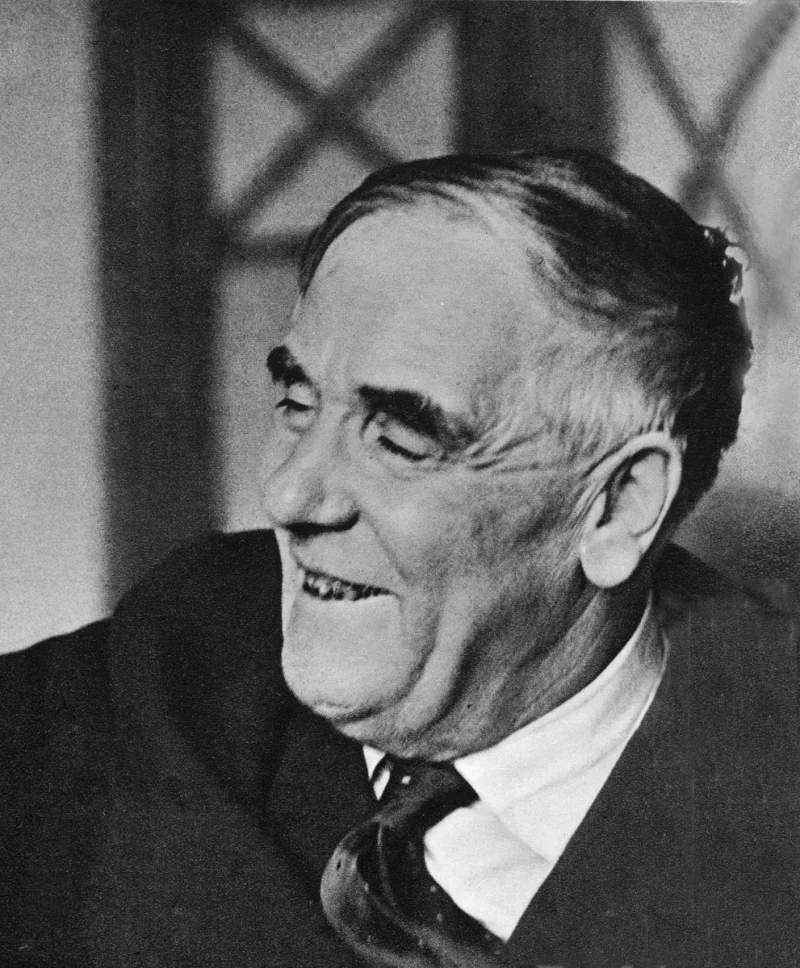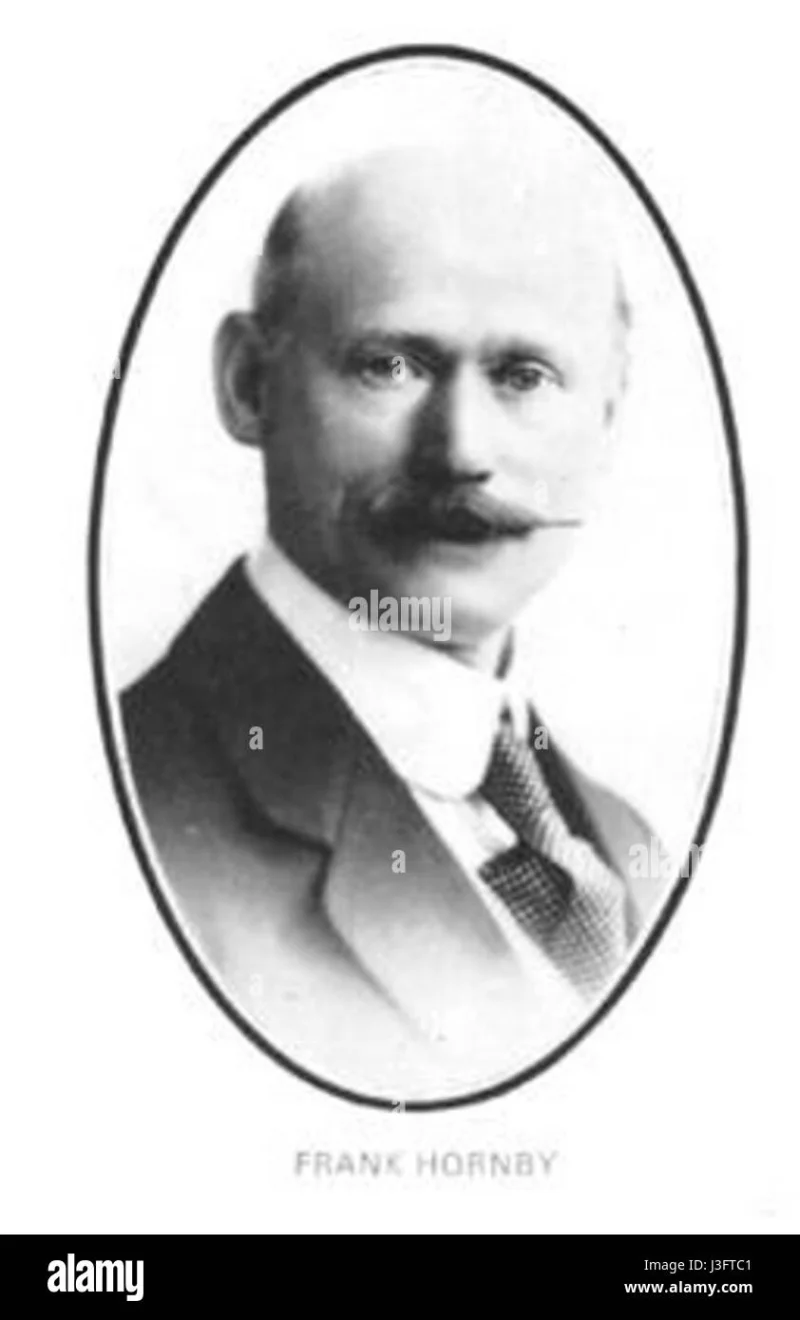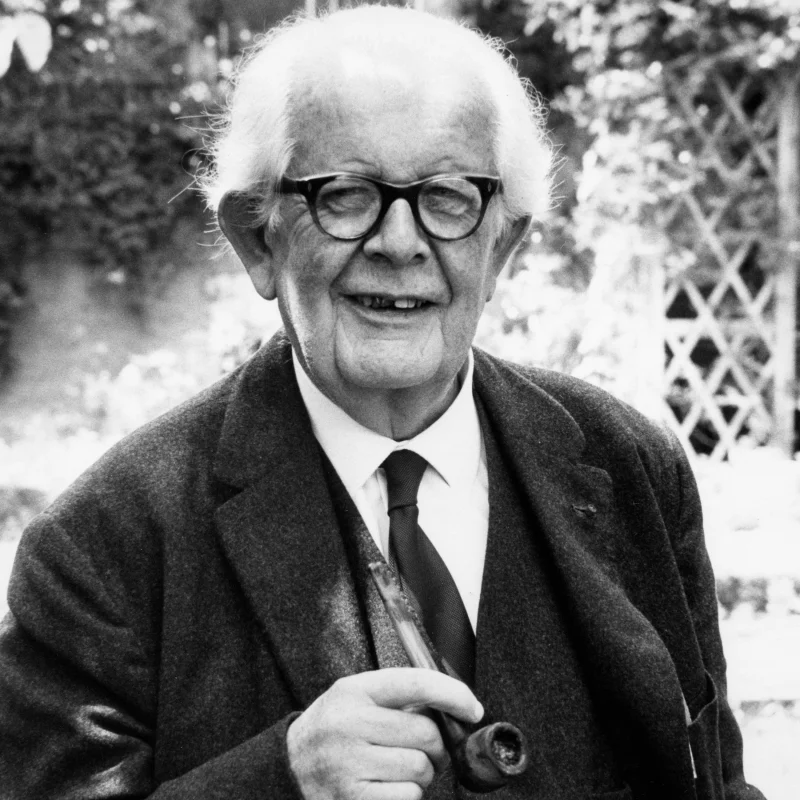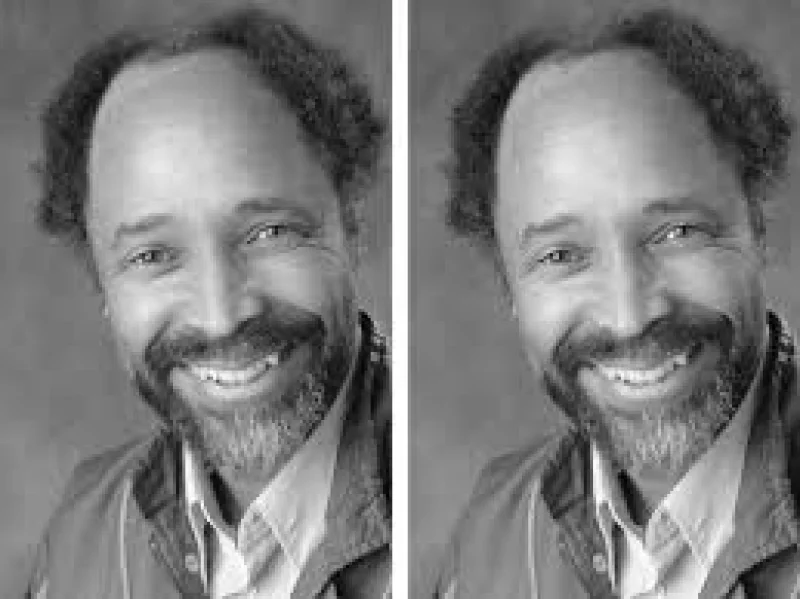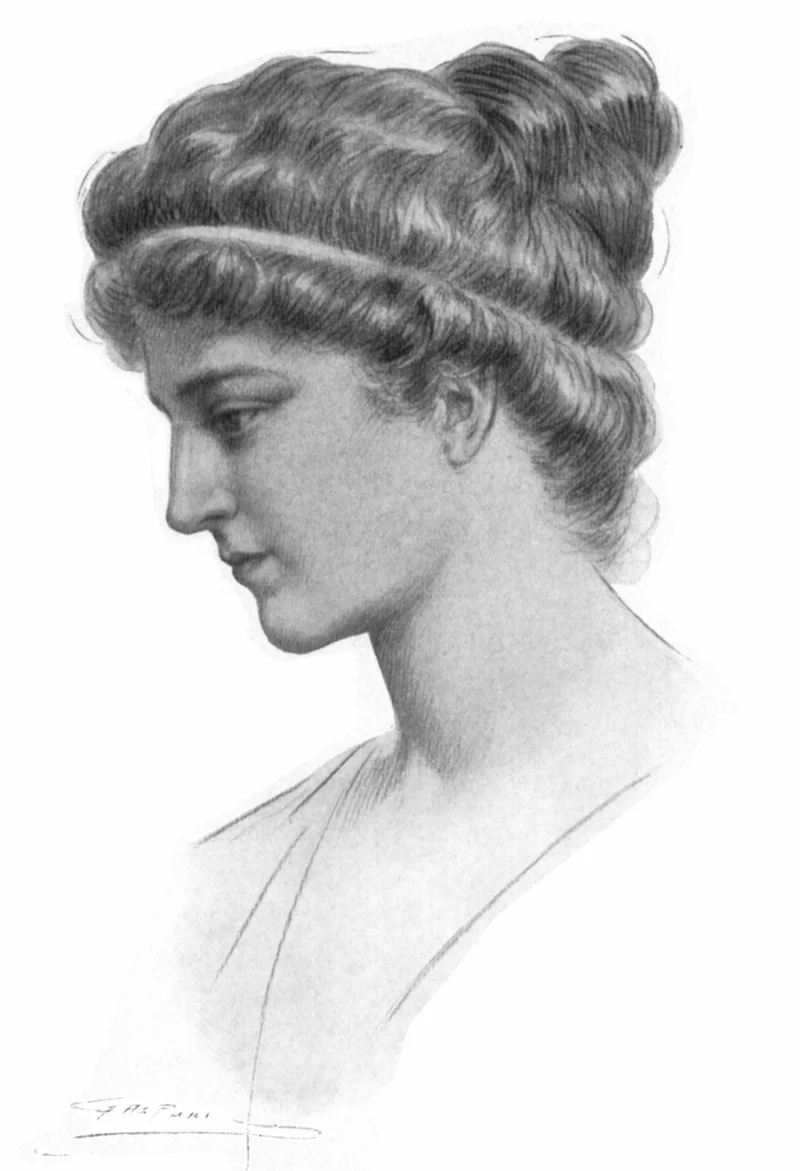Short Summary
Pyotr Kapitsa was a prominent Soviet physicist renowned for his pioneering work in low-temperature physics. His contributions to the study of liquid helium's superfluid properties earned him the Nobel Prize in Physics in 1978. Kapitsa's career was marked by significant scientific achievements and his dedication to advancing Soviet science during the 20th century. He is remembered for his innovative experiments and his role in bridging the gap between Soviet and Western scientific communities.
Early Life & Education
Born on July 8, 1894, in Kronstadt, Russia, Pyotr Kapitsa was the son of a military engineer and a schoolteacher. His early interest in science was nurtured by his parents and teachers, leading him to pursue studies in physics. Kapitsa attended the Petrograd Polytechnical Institute, where he earned his degree in 1918. His academic journey was greatly influenced by the political upheavals of the Russian Revolution, but his dedication to physics remained unshaken. He later moved to the University of Cambridge, where he worked under the supervision of Ernest Rutherford, further honing his skills and contributing to the field of physics.
Career Highlights
Kapitsa's career was marked by significant contributions to low-temperature physics. After completing his studies in Cambridge, he became a prominent figure at the Cavendish Laboratory, where he conducted groundbreaking research on magnetic fields and low temperatures. In 1934, he returned to the Soviet Union, where he established the Institute for Physical Problems in Moscow. Under his leadership, the institute became a hub for research in cryogenics and quantum physics. Despite facing political challenges, Kapitsa continued to innovate and develop methods for producing liquid helium, which played a crucial role in his subsequent discoveries.
Major Achievements
- Developed the Kapitsa pendulum, a mechanical device demonstrating stability in inverted positions.
- Conducted pioneering research on liquid helium, leading to the discovery of superfluidity.
- Won the Nobel Prize in Physics in 1978 for his discoveries in low-temperature physics.
- Founded the Institute for Physical Problems in Moscow, fostering advancements in Soviet science.
- Contributed to the field of high-power microwave generators, impacting radar technology.
Famous Quotes
- "The scientist is not a person who gives the right answers, he's one who asks the right questions."
- "Science cannot be stopped. Man will gather knowledge no matter what the consequences - and we cannot predict what they will be."
Interesting Facts
- Kapitsa was a close collaborator and friend of famed scientist Ernest Rutherford.
- He was known for his ability to solve complex problems with simple, innovative solutions.
- Kapitsa's return to the Soviet Union was initially against his will, due to political tensions.
- He played a key role in Soviet nuclear research during World War II.
- Despite political challenges, he maintained scientific correspondence with Western colleagues.
Legacy / Influence
Kapitsa's work in low-temperature physics laid the foundation for future research in superfluidity and cryogenics. His contributions to the understanding of quantum phenomena at low temperatures have had a lasting impact on the field of condensed matter physics. As an influential figure in Soviet science, he helped bridge the gap between Eastern and Western scientific communities, fostering collaboration and knowledge exchange. His legacy endures in the scientific methodologies and innovative approaches he championed.
FAQ
Q: Why is Pyotr Kapitsa famous?
A: He is famous for his groundbreaking work in low-temperature physics, particularly his discovery of superfluidity in liquid helium.
Q: What was Kapitsa's most significant achievement?
A: His most significant achievement was winning the Nobel Prize in Physics in 1978 for his research on liquid helium and superfluidity.
Q: Did Kapitsa work outside the Soviet Union?
A: Yes, he spent several years at the University of Cambridge, working with Ernest Rutherford before returning to the Soviet Union.
